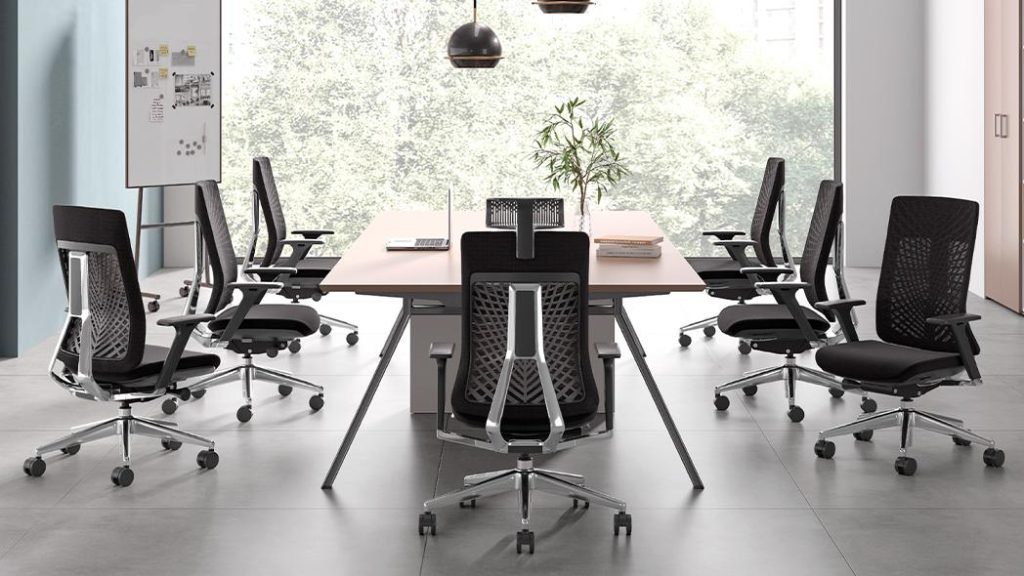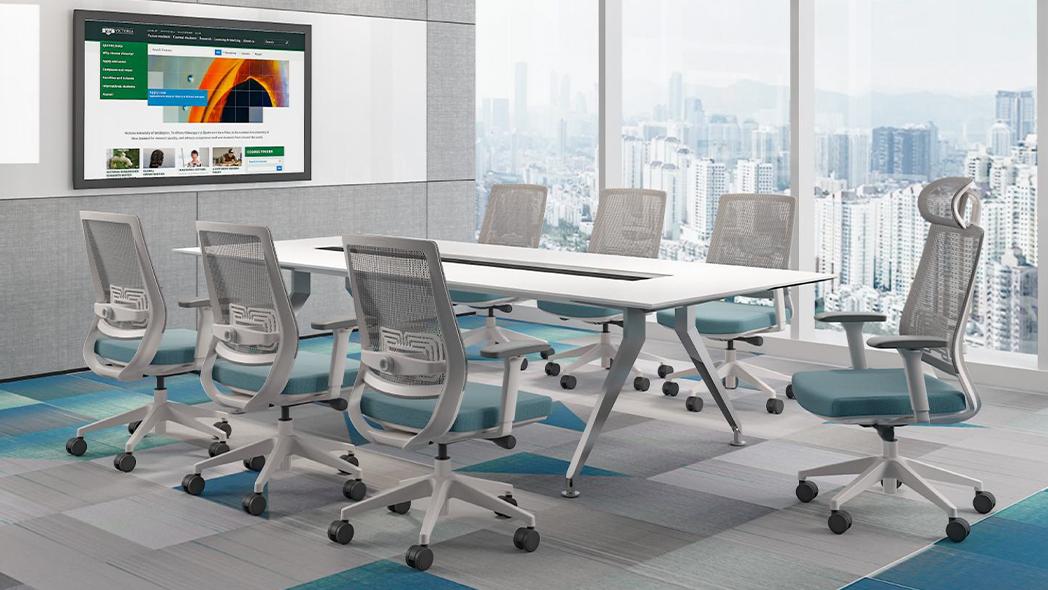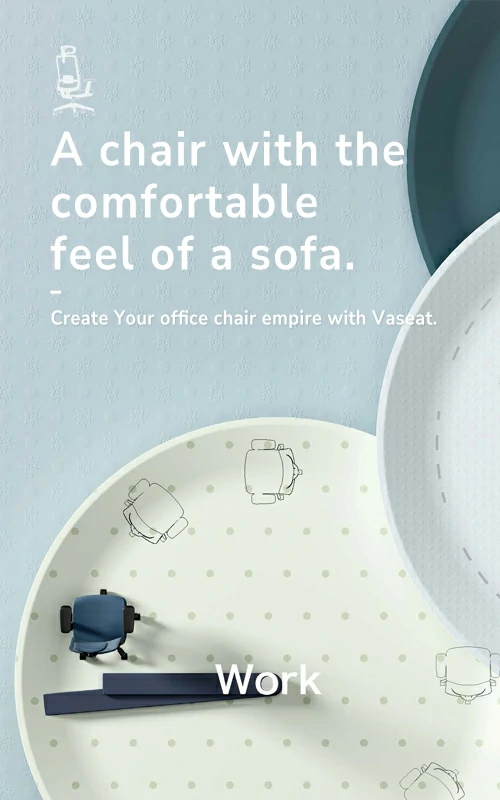Choosing the best conference room chair is crucial for workplaces where ideas and decisions shape business success. The right seating supports comfort, communication, and professionalism, helping meetings run smoothly whether they last 15 minutes or several hours.
In this guide, we explain how to evaluate conference seating options, what features matter most for business environments, and which chair types fit different meeting styles.
Why the Best Conference Room Chair Matters
Conference rooms often host clients, executives, and teams during critical discussions. A well-designed chair improves posture, enhances attention, and reduces fatigue. When guests feel comfortable, they stay engaged and contribute more.
Chairs also influence brand perception. A polished meeting environment signals reliability, attention to detail, and modern workplace culture.
Key Factors to Consider When Choosing Conference Seating
Ergonomics and Long-Term Comfort
Meetings can stretch longer than expected. Prioritize chairs that offer:
- Lumbar support to reduce lower-back pressure
- Adjustable seat height for different users
- Supportive armrests that reduce shoulder strain
- Breathable back design for temperature comfort
When people are comfortable, they participate better.
Durability for Commercial Use
Conference chairs are used by many people every day. Look for:
- Metal or strong reinforced frames
- High-quality upholstery (wear-resistant and easy to clean)
- Smooth-rolling casters (if mobile seating is needed)
A sturdy chair cuts replacement and maintenance costs over time.
Space and Room Layout
Match the chair design to room size and table shape:
- Narrow-profile chairs maximize seating capacity
- Chairs with swivel and wheels help in collaborative settings
- Consider stackable models if rooms serve multiple functions
Planning for flexibility reduces future furnishings costs.
Aesthetic and Brand Style
Your seating represents your company. Choose materials and colors that align with your:
- Brand identity
- Interior décor
- Client expectations
A consistent look across all chairs creates a professional atmosphere.
Budget and Lifecycle Cost
The cheapest chair usually costs more in:
- Repairs
- Disruption
- Short lifespan
Evaluate total cost across several years — not just purchase price.

The Best Conference Room Chair Types for Business Settings
Different meetings require different seating experiences. Below are the best-suited chair types and when to use them.
Best Mesh Conference Room Chair for Long Meetings
Mesh chairs offer lumbar support and excellent breathability. They help keep people cool during long strategy sessions or training workshops.
Best for: Long meetings, technology-focused environments
Key benefits: Ergonomic support, modern style, airflow comfort
Best Ergonomic Conference Room Chair for Executive Boardrooms
Ergonomic chairs deliver both professional presence and long-term comfort, ensuring even lengthy board meetings stay effective and fatigue-free.
Best for: Executive boardrooms, high-priority client sessions
Key benefits: Superior support, consistent productivity, refined brand image
Best Task-Style Conference Room Chair for Collaboration
These chairs are easy to adjust and move. They allow people to swivel, turn, and shift their focus quickly — ideal for brainstorming or teamwork.
Best for: Agile collaboration spaces
Key benefits: Mobility, versatility, great for multi-purpose rooms
How to Select the Best Conference Room Chair — A Simple Process
Step 1 — Define the meeting purpose
Daily briefings? Full-day workshops? Hosting clients?
Step 2 — Evaluate ergonomic and seating features
Check lumbar support, adjustable functions, and smooth mobility.
Step 3 — Match chairs to table and space
Ensure users can move and sit comfortably without bumping into others.
Step 4 — Test before ordering in bulk
Request sample units and have employees test them during real meetings.
Step 5 — Confirm warranty and replacement support
Business furniture should come with maintainability assurance.
Following this process protects your investment and enhances long-term productivity.
Common Mistakes to Avoid When Buying Conference Room Chairs
- Choosing style over comfort — clients and staff remember bad seats
- Ignoring multi-user fit — adjustability solves mixed-height challenges
- Buying without testing — chairs may look great but feel wrong
- Overcrowding — consider room flow when adding seats
A smart selection prevents wasted budget and uncomfortable meetings.
Conclusion
If you want the best conference room chair for a productive and professional workspace, focus on ergonomics, durability, style, and flexibility. The right chair enhances team engagement, reduces fatigue, and supports better business decisions.
From long strategy sessions to high-level presentations — conference seating is a powerful part of your meeting experience.


